If you are one of the regular readers of our magazine, you probably haven't missed the articles in which we sometimes deal with the repair of Apple devices, or the pitfalls that can arise during repairs. One of the most discussed topics is the non-functionality of Touch ID, which can be caused by unprofessional repair of the device. On the one hand, during such a repair, the Touch ID must not be replaced, and on the other hand, of course, it must not be damaged in any way - see the article I am attaching below this paragraph. If you have found yourself in a situation where Touch ID does not work on your iPhone, then in this article we will show you how to at least temporarily activate the virtual home button directly on the screen of your Apple phone.
It could be interest you
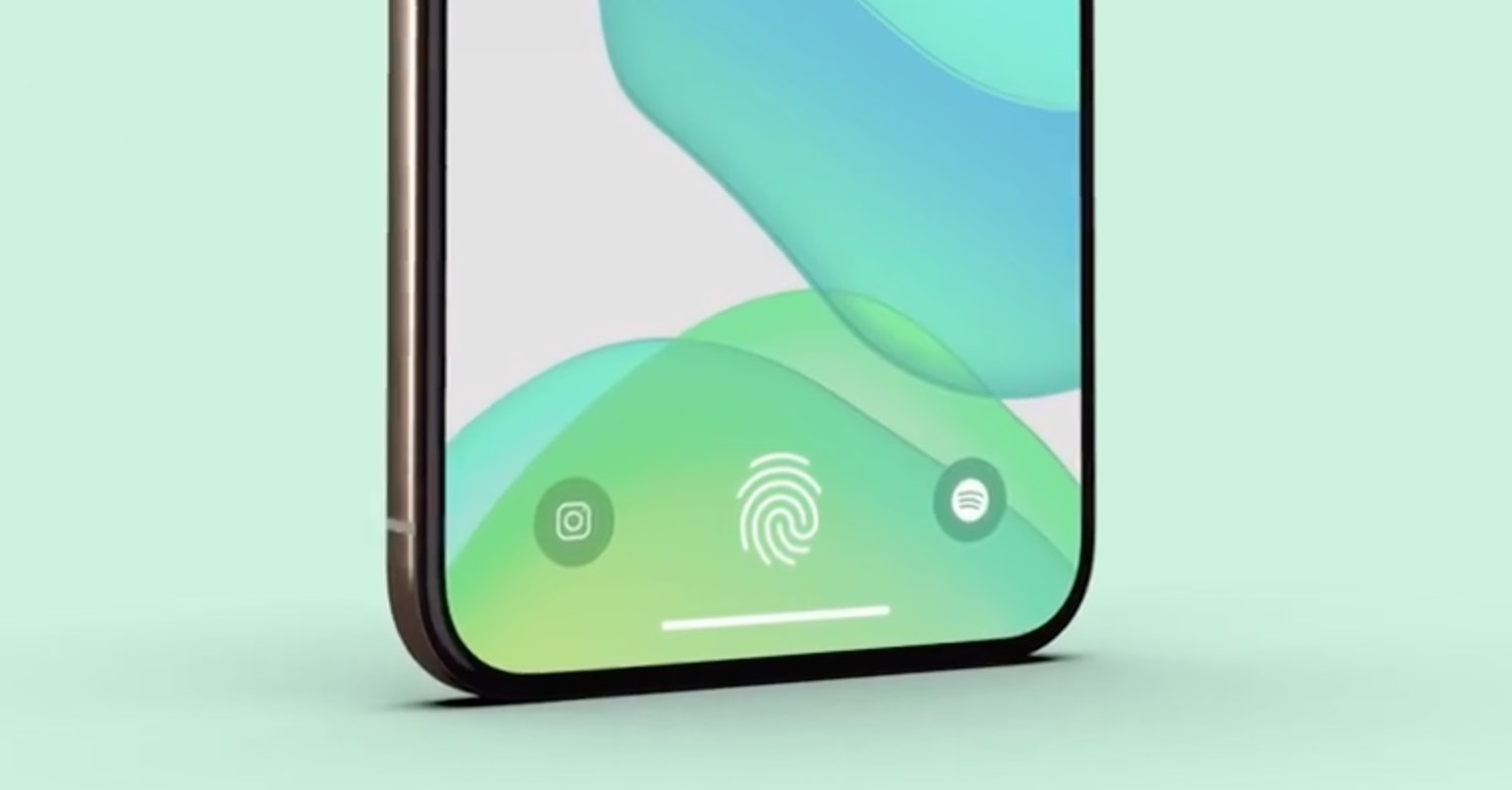
Touch ID not working on iPhone: How to activate virtual home button
In the event that you found yourself in a situation where Touch ID stopped working on your iPhone out of nowhere, or just after a repair, it is necessary to activate a function called Assistive Touch, which adds the desktop button directly to the display. However, without a functional Touch ID, you cannot get to the screen for entering the code lock, the screen can only be turned on using the side button, and all options end here. So proceed as follows:
- First, it is necessary that your iPhone with non-functional Touch ID the classic way turned off and then on again.
- Immediately after switching on, it will appear on the desktop automatically, without your intervention screen to enter the code lock.
- After this screen is displayed, it is immediately necessary that you they entered your code lock correctly.
- Once you're in an unlocked iPhone, go to the native app Settings.
- Then get off here below and click the box with the name Disclosure.
- On the next screen, then in the category Mobility and motor skills click the tab Touch.
- Click on the box at the very top here Assistive Touch, where the function using activate the switches.
- It will then appear on the desktop AssistiveTouch icon, for which it is enough tap and then select Flat.
- In addition to the option to go to the home screen, it is located here several other functions, which can be used.
If the Touch ID was damaged during the repair, there is unfortunately no way to get it working again. Biometric fingerprint authentication alone will never work for you again, and the press to return to the home screen will only work on older models with a "click" button, not the haptic one. In most cases, after starting up with a broken Touch ID, the iPhone will be able to recognize this fact and automatically activate Assistive Touch, i.e. the virtual home button on the screen. The above procedure is for the case that this did not happen. Of course, Assistive Touch can be used by any user, even those with functional Touch ID - in some cases it can facilitate operation.
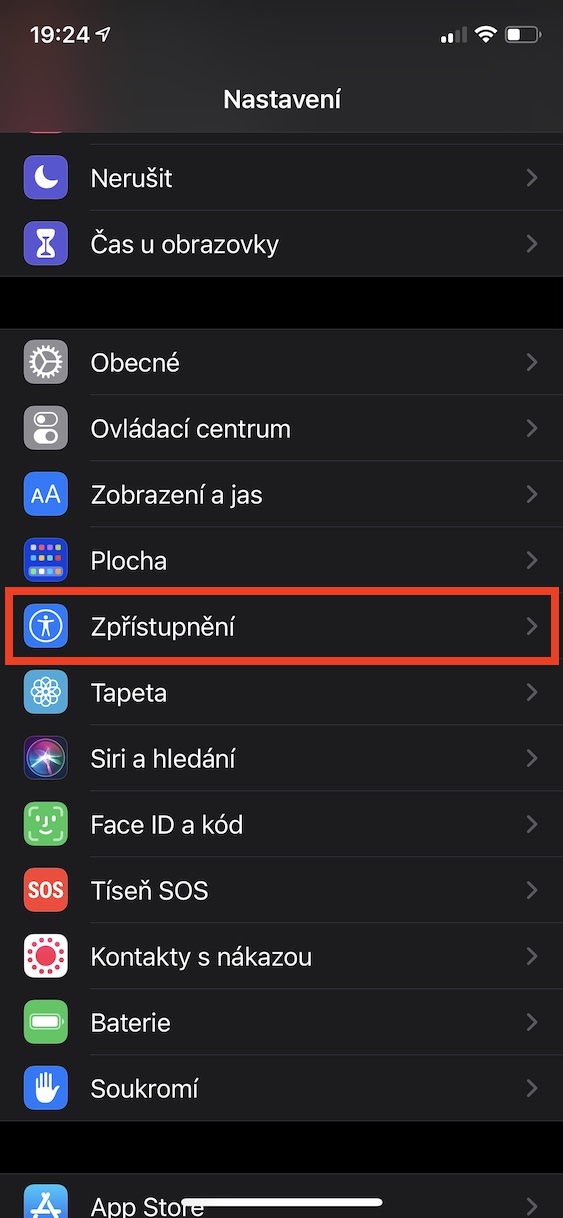
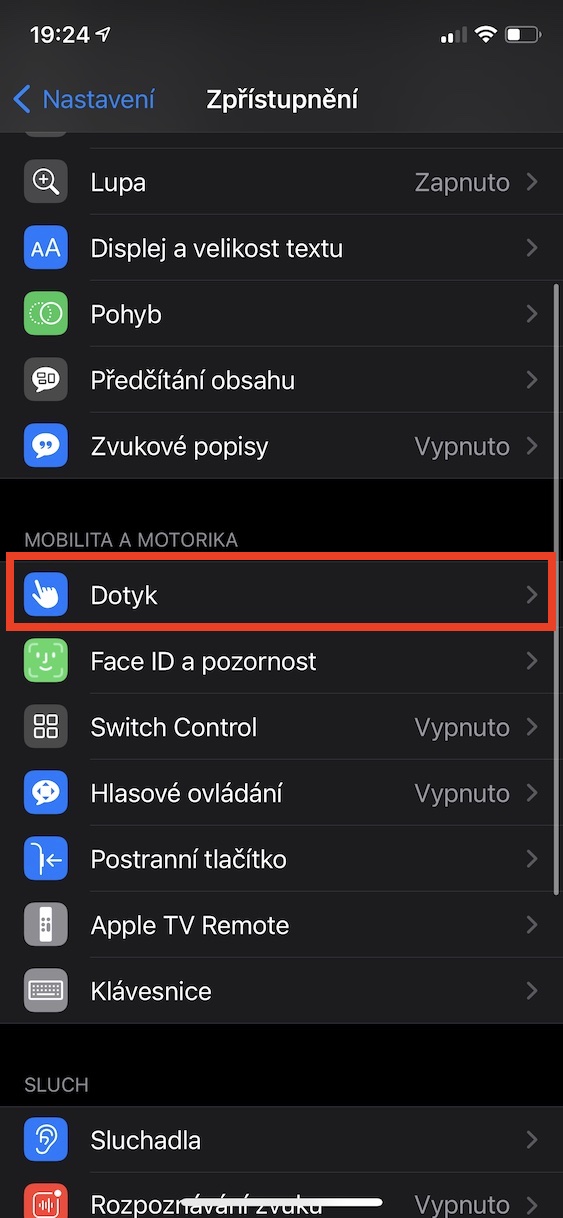
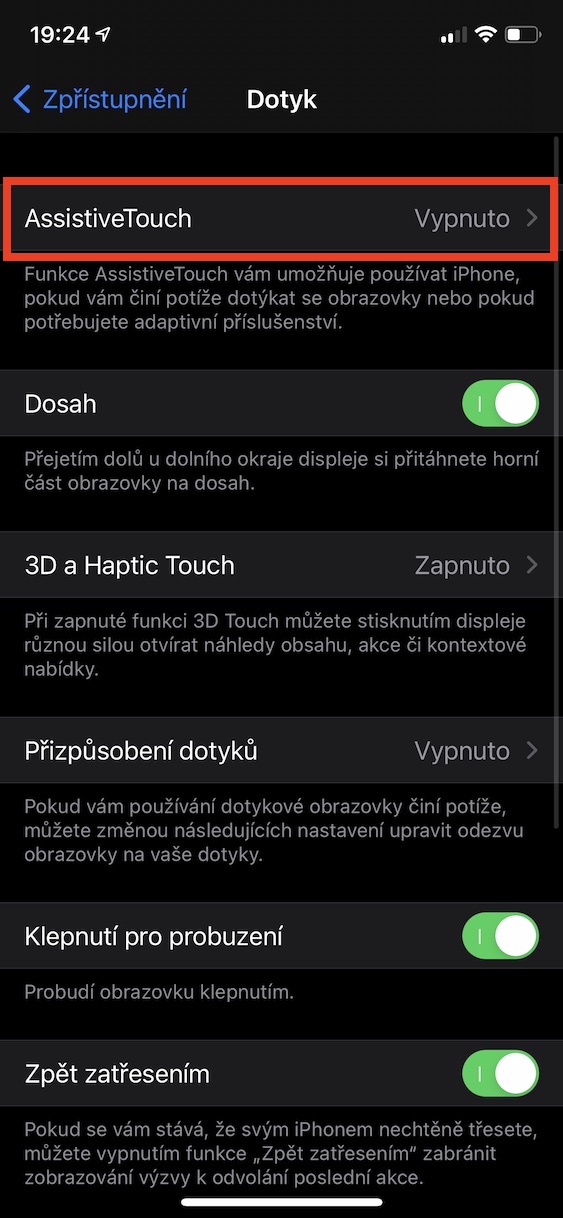
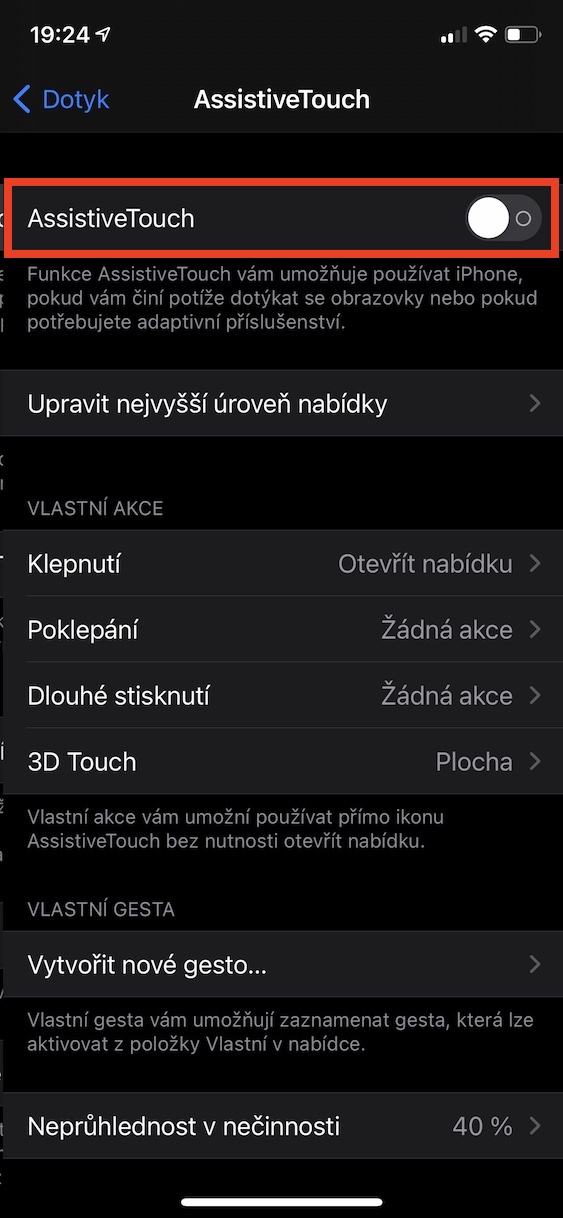
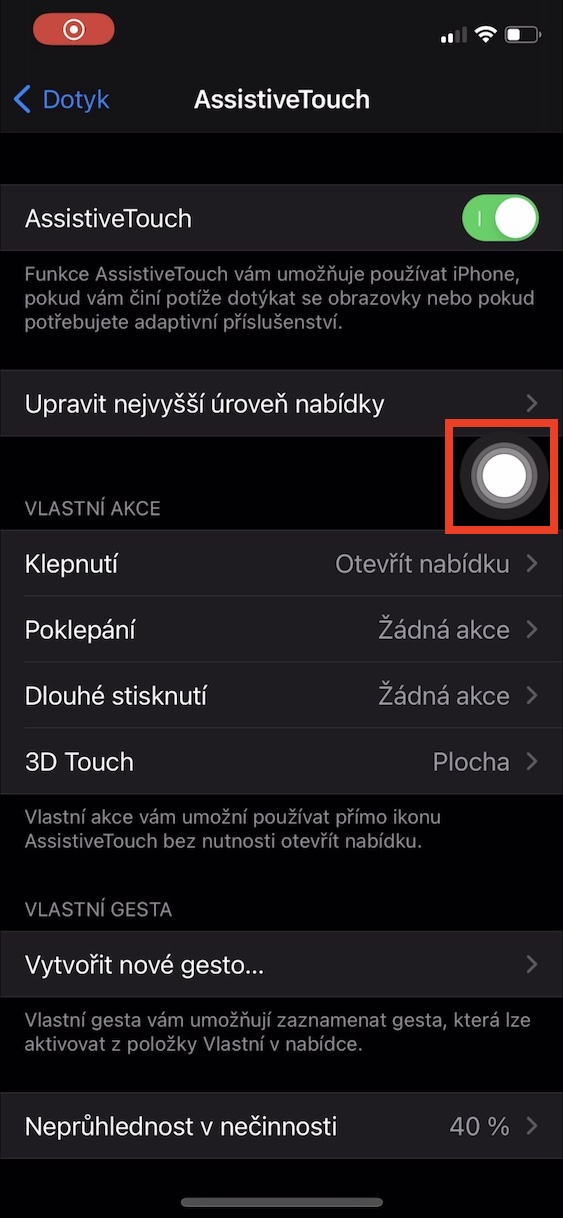
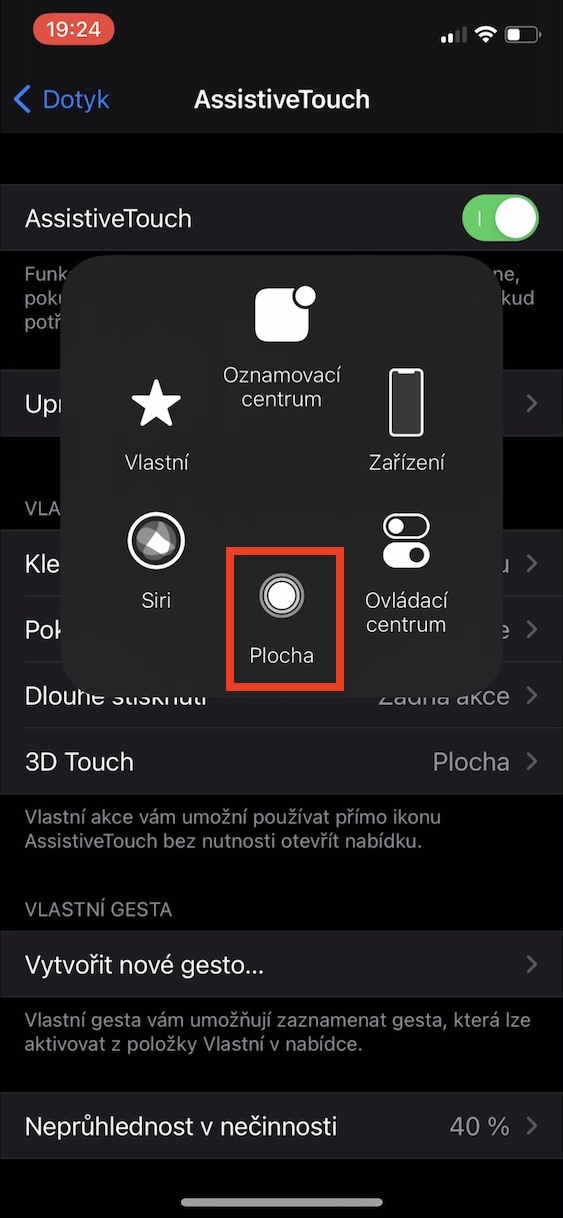
Maybe it's time to stop using the term "home button". If I leave out the fact that this is really rape Czech, you will not find such a term in Apple's manual for the iPhone or iPad. The correct name is "desktop button".
https://support.apple.com/cs-cz/HT203017
Hello, I have a problem 🙋♂️ I have iPhone 8 now I bought iPhone 13
Classically, I put the phones next to each other to drag things from the iPhone 8 to the iPhone 13, and now I had the problem with Touch ID on the 8. Apple created a replacement for my desktop, but the download flow is now on the iPhone 13 and I don't know how to get rid of it 🤷 ♂️ Does anyone know how to do it??
Díky